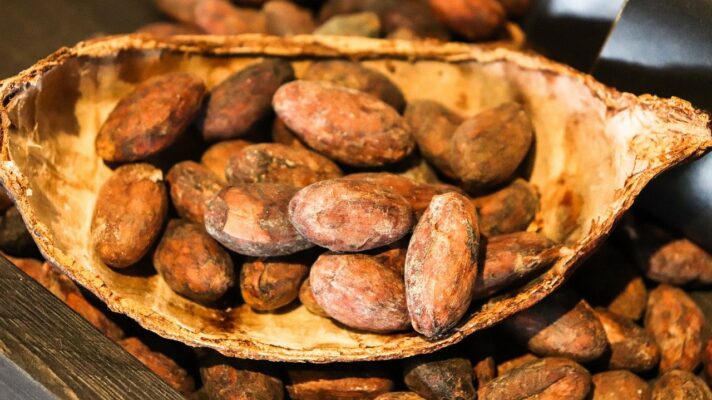Author: Paulina Ansaa Asante @Paulina_Asante, Ph.D. Student at Wageningen University and Research @CSA_WUR
How we love chocolate! The big downside of this love is that more chocolate consumption directly implies more cocoa plantations, which has led to significant loss of forests especially in West Africa. In the coming decades is expected both an increase in demand and a decrease of suitable areas for growing cocoa due to climate change. This suggests either clearing more forest to increase production OR increasing cocoa yields to meet demand and reduce pressure on forests. The latter solution requires an estimation of the cocoa yield gap, i.e. the difference between the yields per unit area that are potentially attainable and the yields that are currently achieved, and an assessment of the reasons for these gaps.
In our recent study (Asante et al., 2022) we estimated cocoa yield gaps in absolute and relative terms based:
- on maximum yield attainable in rain-fed system
- the attainable yields in high- and low-input systems
and identified the factors that could narrow these gaps.

We found considerable yield gaps on all cocoa farms, but simulated water-limited yield gaps were much larger (average 86%) than in high- (73%) and low-input systems (42%, Fig 1). Climate, particularly temperature and rainfall, was found to drive absolute maximum water-limited and attainable yield gap in high-input systems but not in low-input systems. Relative yield gaps were driven mostly by management practices and especially cocoa tree density & black pod control; suggesting that irrespective of climate conditions, good agronomic management practices offer opportunities to substantially increase production of present-day cocoa plantations.
Read the paper: Asante, P. A., Rahn, E., Zuidema, P. A., Rozendaal, M. A., Asare, R., Cryer, N. C., … Anten, N. P. R. (2022). The cocoa yield gap in Ghana : A quantification and an analysis of factors that could narrow the gap. Agricultural Systems Journal, 201 (July). https://doi.org/10.1016/j.agsy.2022.103473






